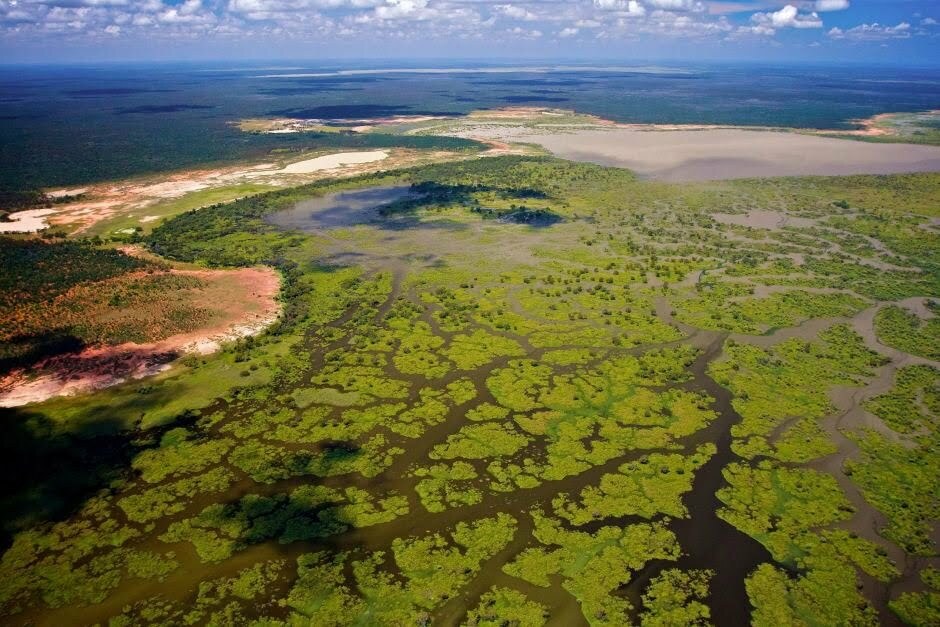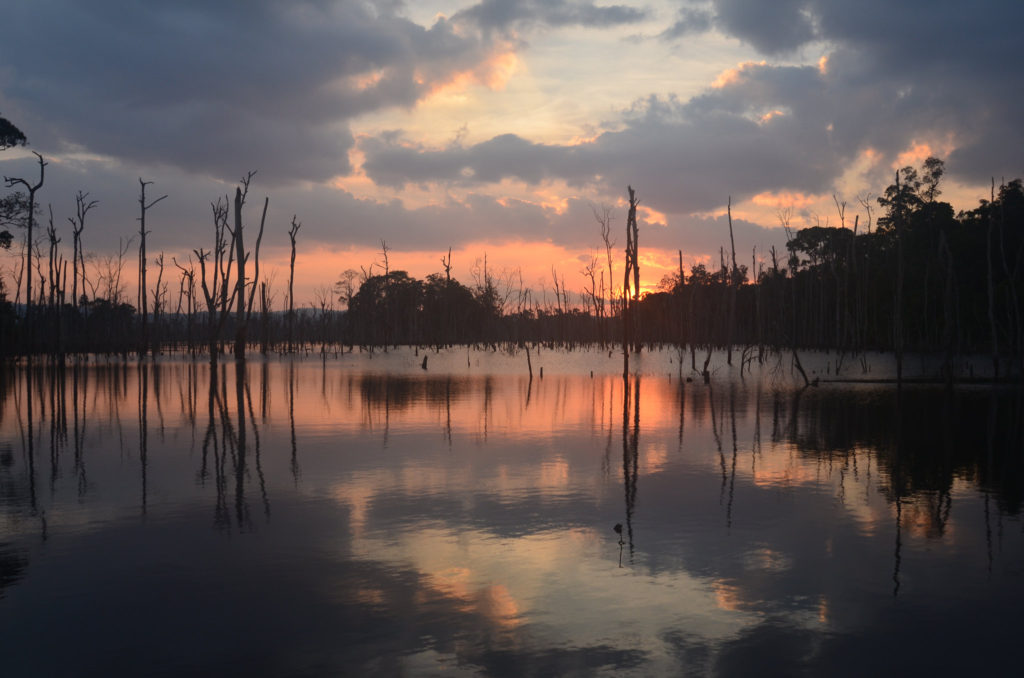Looking to culture to cope with climate change at Narran Lakes
Kristin Murdock
29 May 2023, 3:40 AM
 Caption: Shell middens at sunset, Worimi Conservation Lands taken by project team leader, Mal Ridges.
Caption: Shell middens at sunset, Worimi Conservation Lands taken by project team leader, Mal Ridges.A joint project between the Narran Lakes Joint Management Committee and the Worimi Lands Conservation Board aims to maintain healthy cultures in a changing climate.
Research has delved into how cultural knowledge, practice and archaeological evidence show us that Aboriginal people have lived through climate change before – and suggests listening to their voices can help us to understand how to live through climate change again.
"We have learnt that climate change is a mirror – and that Country holds up that mirror. If we accept that we are its reflection, the cause of climate change, then we can change. There is always cause for hope. That’s the wisdom of Aboriginal culture," Mal Ridges, Team Leader Cultural Science, NSW Government said.

One case study looked into the Narran Lakes system and how it has always been spiritually and culturally important to Aboriginal people. For thousands of years, the Yuwaalaraay / Euahlayi people have lived with the natural rhythms of the lake system they call Dharriwaa.
Today, birds from as far away as Siberia seek refuge in Dharriwaa’s waters.
Coastal shell middens contain the remains of shellfish eaten by the Traditional Owners for millennia, while clay ovens, quarries, stone artefact scatters and the remnants of fire hearths tell the stories of the Dharriwaa’s long human history.
But prolonged periods of drought, hotter summers and less rainfall are changing the Narran Lakes system.

Narran Lakes Nature Reserve IMAGE: M Hull, DPE
Jason Wilson, a Yuwaalaraay/Euahlay and Gamillaroi Nations man and chair of the Narran Lakes Joint Management Committee, has watched Dharriwaa change over his lifetime.
Mr Wilson said mussels that were once plentiful are now in short supply.
“I have not had the opportunity to harvest the mussels to add to these beautiful middens up here and teach [my son] his culture. That's a process whereby I can't continue to pass on what I've learned. So, the impacts [of climate change] are real for Aboriginal people,” he said.
Teaching culture means not only to come to understand the landscape as a resource but also as its own identity – as a teacher with its own knowledge and experience to share, the study found.
"What we are learning in this project is that Aboriginal people bring a particular perspective to climate change - and that perspective concerns our values. What we've learnt is that the health of Country and her voice is a reflection of how we are treating her," Mr Ridges said. "We are well aware of how climate change is affecting the environment. But we also need to understand how it is affecting cultural values and we need to do that in close consultation with Aboriginal people."

Narran Lakes in full bloom. Photo credit: NSW Office of Environment and Heritage
While the first stage of the Climate Change Adaptation Project identified indicators of healthy culture and has developed a series of resources to help Aboriginal communities maintain healthy cultures as the climate changes, the project also aims to be a cultural exchange that offers rich insights into how our values influence the way we, as Australians, connect with Country.
“The local Aboriginal cultures have survived because Elders have always been prepared to teach others about their culture. Narran Lakes is a place where Dreaming tracks converge, and creation stories are passed down through the generations," Mr Wilson said.

The heritage listed Narran Wetlands was an important meeting place of up to five language groups. SOURCE: www.waterjusticehub.org
According to the government's case study, during the last Ice Age, around 21,000 years ago, Aboriginal Australians adapted by moving to well-watered areas, such as along rivers. An estimated 80 per cent of the continent was abandoned. While climate extremes continued for thousands of years, Aboriginal people adjusted.
While our continent has always changed, the difference this time is us, Mr Ridges said. “We know we are the cause.”
Aboriginal culture teaches people to look within for solutions to problems before seeking answers externally.
“Within the idea of kinship, each of us is responsible for the relationships around us, but we can only control our end of the relationship. Climate change is about our relationship with Country. Rather than approaching climate change from a place of fear, this philosophy accepts that Country is doing what it needs to do," Mr Ridges said.
“Climate change is Country, or nature, responding to what we are doing. Country will go on without us. But Aboriginal people are living proof that people can live through climate change and come out the other side. That gives us hope that we can change.”
Meanwhile, the Narran Lake wetlands continue as a meeting place for Traditional Owners to gather and participate in cultural activities.



